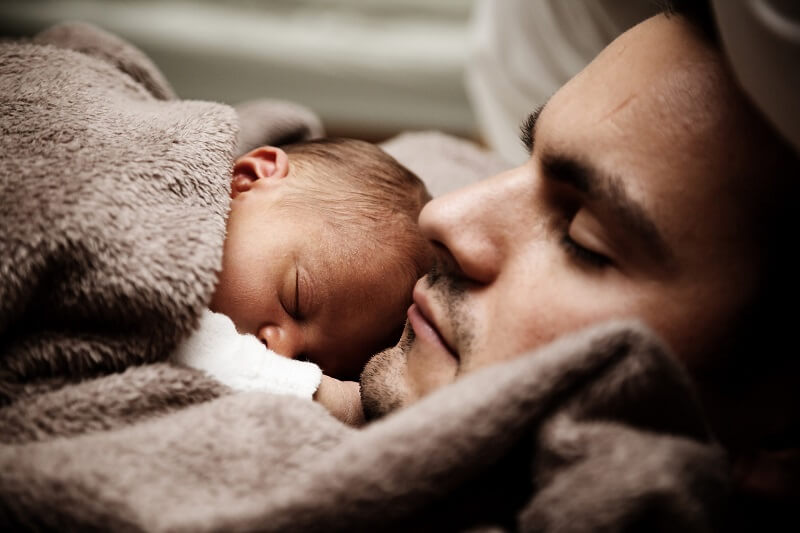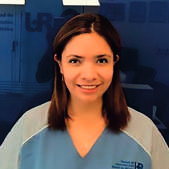How does it influence fertility?
The impact of a woman’s age on her fertility is of great importance, since there is a natural limit to being able to conceive a child. However, what about the impact of the man’s age on fertility? Although men are apparently not affected by the biological clock, the probability of having reproductive problems increases with age.
Furthermore, due to socio-cultural and economic factors, the number of men over the age of 35 with the desire to produce has increased significantly in recent years.
Paternal age has been linked to the semen quality, decreased fertility and spontaneous abortions. Some age-related effects related to sperm quality are:
- Effect on the volume
It has been observed that the increase in age is associated with a decrease in semen volume secondary to a decrease in the accessory glands. It is believed that each year of age is associated with a volume decrease of between 0.03 and 0.22 mL. This decrease begins at the age of 35, but the sharp decline begins at the age of 50. - Sperm count
Although there is controversy about the effect of the concentration, several studies have found an inverse relationship between paternal age and sperm count. This suggests a significant decrease beginning at the age of 41. This appears to not affect the sperm recovery rate obtained by testicular biopsy. - Effect on motility, morphology and vitality
There is a reduction in sperm motility with respect to age; some research reports a decrease of approximately 1.2% for every 5 years of delay in the age of paternity. On the other hand, no age-related changes in morphology have been observed. By comparison, sperm vitality does constantly decrease with age (approximately 10% in men over 40).
Sperm cryopreservation
In theory, the increase in the number of cell divisions due to age during spermatogenesis (the mechanism through which sperm is formed) would be an argument supporting the risk of mutations in the gametes of older men. It has been shown that the increase in DNA damage in men between 36 and 57 years of age is three times greater than in men under 35. Nevertheless, it has not been possible to demonstrate that advancedpaternal age is a risk factor for having children affected by chromosomal anomalies — whether numerical or structural – except for trisomy 21, 22, X/Y, in which a certain association has been reported. However, less than 10% of cases of trisomy 21 are associated with advanced paternal age, which may increase if it is combined with a maternal age of over 35.
One option to prevent the adverse effects of advanced paternal age on the result of pregnancy would be sperm cryopreservation at an early age. Nonetheless, cryopreservation may reduce sperm quality, including motility, viability and the increase in the DNA fragmentation index, although there is insufficient data to know whether the benefits exceed the risks at this time. What can be done are complementary assisted reproduction techniques such as the evaluation of DNA fragmentation for patients over 40. Consideration should also be given to preimplantation genetic testing (PGT) to detect aneuploidies in embryos created with sperm f rom older fathers. It has been discovered that the use of antioxidants, diet changes and some dietary supplements may help improve sperm quality, which will probably be reflected in an improvement in the results of assisted reproduction treatments in older fathers. However, it is always better for the fertility specialist to provide these recommendations and evaluations.





